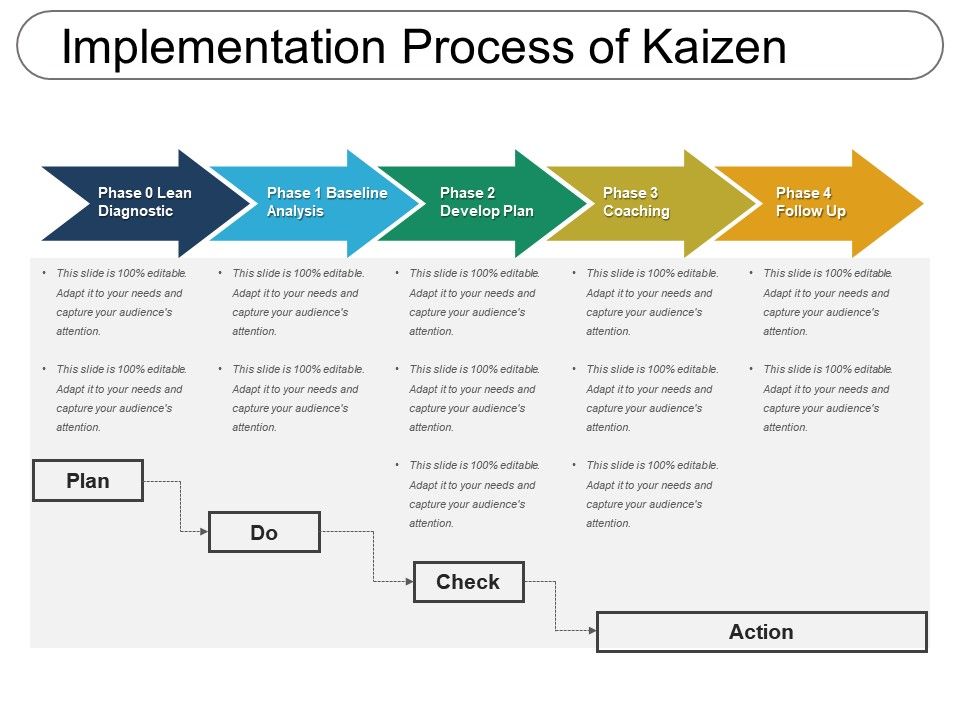แก้ไขปัญหาเรื่องการโกงเงิน ปิดยูสเซอร์ ล็อคยูสเซอร์จากตัวแทน เว็บของเราไม่ผ่านเอเย่นต์มีไลเซินซ์คาสิโน ถูกกฏหมายในต่างประเทศ เว็บแทงบอลที่ดีที่สุดในประเทศไทย แทงบอลขั้นต่ำ 10 บาท ราคาน้ำ 4 ตังค์ คืนค่าคอม 0.5% –…
Why the RBI has banned LoUs, but not the letters of credit


The bank reviews these documents and pays the beneficiary only if the submitted documents meet the condition of the letter. A revolving LC is a single LC that is used for multiple transactions over a long period of time. It is used for the regular shipment of the same commodity between the same buyer and the seller. The same LC becomes an export or import LC depending on who uses it. The exporter will term it as an exporter letter of credit, whereas an importer will term it as an importer letter of credit.
A bill of lading is a document listing and detailing all of the goods in a shipment of any kind, whether by land, sea or air. Sellers of goods print a bill of lading that details the product types, quantities, prices, weights and any other factors important to the distributor and the buyer. The seller then signs the bill of lading and attaches it to the shipment as it is passed off to the distributor, assuming the seller uses a third-party distributor.
Trades use the LC to facilitate payments and transactions in both domestic and international markets. A bank or a financial institution acts as a third party between the buyer and the seller and assures the payment of funds on completion of certain obligations. This has produced a number of conflicting theories as to the contractual impact of a letter of credit. Some theorists recommend that the obligation to pay arises via the implied promise, task, novation, reliance, agency, estoppel and even belief and the guarantees. Although documentary credits are enforceable as soon as communicated to the beneficiary, it’s difficult to show any consideration given by the beneficiary to the banker previous to the tender of documents. This would place the risk on the client, however it also implies that the issuing financial institution should be stringent in assessing whether or not the presenting paperwork are respectable.
The technical term for Letter of credit is ‘Documentary Credit’. At the very outset one must understand is that Letters of credit score deal in paperwork, not items. If the issuing bank fails to pay—and the exporter can meet all of the requirements of the letter of credit—the confirming bank must pay the exporter . That mentioned, you’ll be able to’t fully get rid of danger using a letter of credit. The vendor might probably ship low-quality goods and even commit fraud and ship a box of rocks. Banks will release funds as long as they receive the paperwork listed within the letter of credit score .
AD – Category – I bank may allow payment of interest on usance bills or overdue interest for a period of less than three years from the date of shipment at the rate prescribed for trade credit from time to time. AD Category – I banks may permit settlement of import dues delayed due to disputes, financial difficulties, etc. Interest in respect of delayed payments, usance bills or overdue interest for a period of less than three years from the date of shipment may be permitted in terms of the directions in para C.2 of Part III below. At the time of disbursal, Buyers Credit providing bank will send a swift message informing LOU issuing bank about the due date as well as interest amount calculated using Libor on the date of taking buyers credit.

A letter of credit is essentially a promise made by one bank to another that the first bank’s customer can be relied upon to pay for goods after they have been received. In practice, a buyer from one country asks his bank to send a letter of credit to the seller’s bank in another country. This assures the seller that he can ship the goods to the buyer with a measure of financial security, since the letter of credit requires the buyer’s bank to cover the payment if the buyer defaults.
This is irrespective of the situation of the buyer, which means the bank assures payment. A letter of credit is a promise from the bank that the buyer, i.e., the importer, will fulfill his payment obligation and pay the full invoice amount on time. The role of the issuing bank is to make sure that the buyer pays. In case the buyer is unable to fulfill his obligation, the bank will pay the seller, i.e., the exporter, but the funds come from the buyer. Bank guarantees represent a more significant contractual obligation for banks than letters of credit do. A bank guarantee, like a letter of credit, guarantees a sum of money to a beneficiary.
Related Differences
Importer will pay interest on completion of sixth month and Buyers Credit Bank will send a swift message with revised interest amount (LIBOR+Margin) and next date on which interest payment has to be made. Several strategies of verifying the documents exist, each provides different variations of threat to the truth that the paperwork are respectable. A Documentary Credit supplies safety for both buyer and seller. In any credit name of the bank for availability of payment is mentioned, in such case the documents under the credit will have to be forwarded through the said bank only. The Swiss Civil Code of 1911 did not directly address letters of credit, which were still rare in the country at the time. Courts eventually dealt with the device by treating it as a hybrid of a mandate and authorization-to-pay contract .
- As such the seller of the goods can take finance by tendering the bills along with the ILC to his banker before the proceeds are realized.
- An untransferable letter of credit doesn’t allow the transfer of money to any third parties.
- The buyer may be assured that the products he’s expecting only will be acquired since will probably be evidenced in the form of certain paperwork, assembly the specified terms and conditions.
- In a letter of credit, the payment is made by the bank, as it becomes due, such that it does not wait for applicant’s default and beneficiary to invoke undertaking.
- Reason being, as per Basell III, capital requirement in case of LOU is going up where as in case of LOC it is not.
- These examples illustrate the progress in column technology and its impact on chromatography separation.
© buyerscredit.wordpress.com & buyerscredit.in, 2011 to Current Date. Unauthorized use and/or duplication of this material without express and written permission from this site’s author and/or owner is strictly prohibited. Links may be used, provided that full and clear credit is given to Sanjay Mandavia and buyerscredit.in with appropriate and specific direction to the original content. Ask Any Difference is made to provide differences and comparisons of terms, products and services. Banks will demand a pledge of securities or money as security for allotting a letter of credit and a service change, probably a percentage of the magnitude of the letter of credit. Letters of credit are frequently used in the worldwide trade industry.
For instance, a construction company and its cement supplier may enter into a contract to build a mall. Both parties may have to issue bank guarantees to prove their financial bona fides and capability. In a case where the supplier fails to deliver cement within a specified time, the construction company would notify the bank, which then pays the company the amount specified in the bank guarantee. A bank guarantee and a letter of credit are both promises from a financial institution that a borrower will be able to repay a debt to another party, no matter what the debtor’s financial circumstances. While different, both bank guarantees and letters of credit assure the third party that if the borrowing party can’t repay what it owes, the financial institution will step in on behalf of the borrower. But while RBI’s latest move will help plug the loopholes in the system, the change in regulations may hit import-dependent businesses.
SC vs LC—What’s the difference?
Revolving Credit means a letter of credit in which value and quantity of the goods are reinstated in the credit after effecting every shipment and realization thereof. Credit can be opened with any bank with which the applicant is having bank account. The bank will charge for opening of LC and also take margin money as security. The specified documents are often bills of lading or other ‘documentary intangibles’ which ‘A’ and ‘B’ have previously specified in their original contract. This is where the Nominated Bank holds the documents, but sends a message to the Issuing Bank asking if discrepancies are acceptable. Offers safety to the buyer, who want to make payment only if the conditions mentioned in the L/C is met.
Our clients, (“the Bidder”) are tendering for and as further described in the RFP documents. As the solvent becomes even more non-polar, the analytes spend more time in the mobile phase and are eluted from the column. I found it helpful to understand the process when “thinking like a molecule”– you can imagine the molecule not liking the polar mobile phase initially, and then being more attracted to the mobile phase as it becomes less polar.

Performance information may have changed since the time of publication. In basic terms, the owners of an LLP are considered partners in an organization, while the owners of an LLC are members. As a result, there are key differences between how the limited liability protection is recognized, how an LLC and LLP are managed and how each structure is taxed.
Content: Letter of Credit
It does have basic requirements such as documentation, packing, etc. Meanwhile, with the usance L / C, the payment is only received by the exporter on the due date. Can be 30, 60, 90, 120, 150, 180 days after the date of Bill of landing B / L, depending on the agreement of exporters and importers. When it comes to risk, the letter of credit is more risky for the bank but less for the merchant. As opposed, the bank guarantee is more risky for the merchant but less for the bank. A bank letter of credit policy assures a company engaged in an international transaction of the creditworthiness of the buyer.
Please let me know, what is logic behind issuance of buyer’s credit limit as a sub limit to the LC. And can we take the buyers credit from the any other bank except the LC opening bank. New York effectively subjugated the UCC rules to the existing UCP rules, and as a result the UCP rules continued to govern letters of credit under New York law. Article 5 was revised in 1995 to reflect the latest international practices as codified in the UCP.
An advantage of forming an LLC is the ability to choose pass-through taxation, meaning the company itself is not taxed on profits. Instead, owners will report profits on their personal tax returns. Virtually every state allows for the formation of an LLC in some form, and when you choose this business structure, you will have access to an S corporation’s tax benefits and a partnership’s flexible management. The biggest difference between LC vs. LLC has to do with terminology. In essence, these two business entity types are the same, although they have different names. By providing financial backing for the borrowing party , these promises serve to reduce risk factors, encouraging the transaction to proceed.
Deferred Payment LC
So they both guarantee on your behalf that the payment will get received to seller and he can provide his services to buyer. There are four parties in LC- the beneficiary/seller, the buyer/applicant, issuing bank, and the advising bank. A letter of credit where the issuing bank directly pays the beneficiary and then asks the buyer to repay the amount. In ared clause letter of credit, difference between lou and lc the beneficiary can request an advance payment of the agreed-upon amount by presenting the receipt and writing an undertaking that the shipping documents will be delivered on an agreed-upon date. A letter of credit that is assured only by the issuing bank and does not need a guarantee from the second bank. Mostly the letters of credit are the unconfirmed letter of credit.
Letters of credit are used extensively in the financing of international trade, when the reliability of contracting parties cannot be readily and easily determined. Its economic effect is to introduce a bank as an underwriter that assumes the counterparty risk of the buyer paying the seller for goods. It can be a important part of mitigating a vendor’s risk of cost in either international trade or domestic business. A letter of credit is safer for the vendor or exporter in case the client or importer goes bankrupt. Since the creditworthiness of the importer is transferred to the issuing bank, it’s the financial institution’s obligation to pay the quantity as agreed in the letter of credit score.

This Post Has 0 Comments